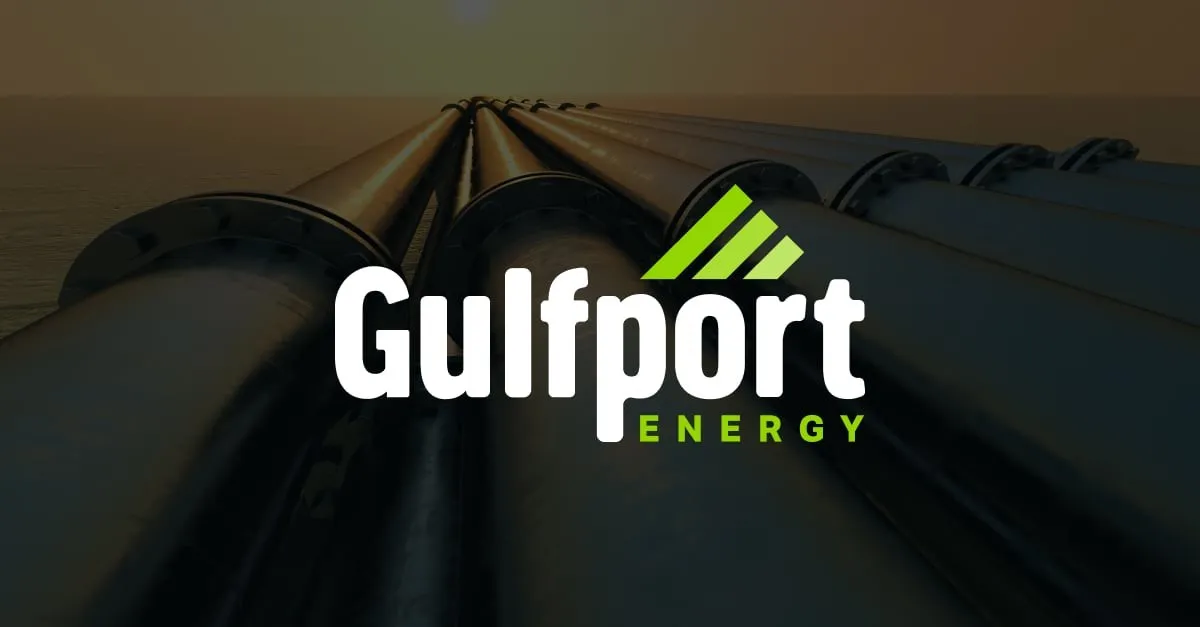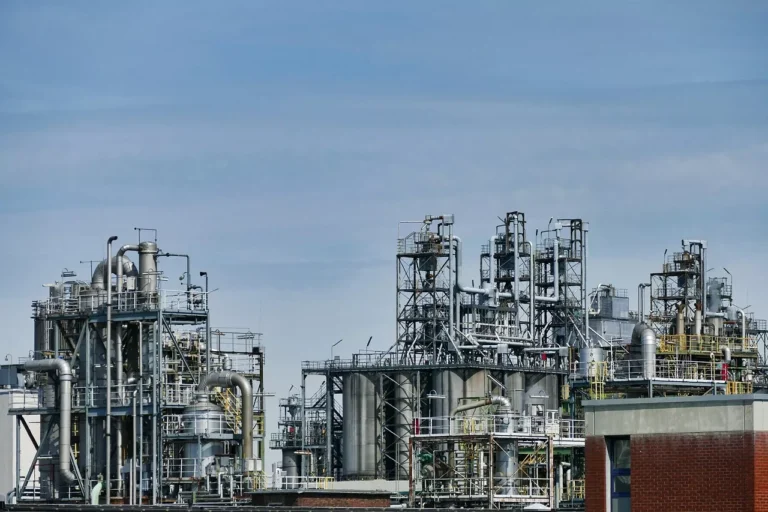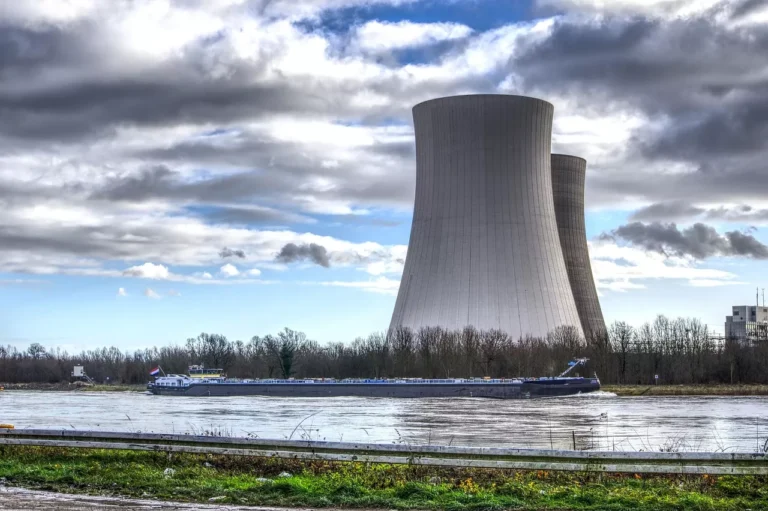
Gulfport Energy Broadens Methane Detection Program with Bridger Photonics to Strengthen Emissions Reduction Across U.S. Operations
Bridger Photonics Inc. (“Bridger”), a recognized global leader in advanced emissions detection technologies tailored for the energy sector, has announced an expansion of its methane detection work in partnership with Gulfport Energy Corporation. The collaboration, initially centered on Gulfport’s Appalachian production assets, has now been extended to encompass the company’s Mid-Continent (MidCon) operations, marking a significant milestone in Gulfport’s drive toward comprehensive, basin-wide methane mitigation and environmental stewardship.
A Continued Commitment to Climate Responsibility
Gulfport Energy has consistently prioritized environmental responsibility and methane emissions reduction, earning high praise from industry watchdogs. For the past two years, the company has received an “A” grade rating from the MiQ gas certification program, an independent initiative that assesses and certifies the methane intensity of natural gas production operations. This rating is a strong endorsement of Gulfport’s operational integrity and proactive emissions strategies.
In the last three years alone, Gulfport has reduced its Scope 1 methane intensity—methane emissions directly related to its operational activities—by an impressive 36%. This reduction demonstrates a tangible and measurable shift in how the company is aligning its production activities with broader sustainability and environmental goals.
The company’s partnership with Bridger Photonics plays a critical role in achieving these results and enhancing its ability to maintain and further improve its methane management practices. Bridger’s cutting-edge Light Detection and Ranging (LiDAR)-based aerial scanning technology allows for the detection of methane plumes with high precision from aircraft flying thousands of feet above active production sites. This capability equips operators with actionable data that enhances real-time decision-making, facilitates timely repairs, and reduces the likelihood of persistent or recurring methane leaks.
Year One: Appalachian Basin Flyovers and Tangible Results
In 2024, Gulfport initiated quarterly aerial methane scans conducted by Bridger over its Appalachian production assets. These scans were part of the company’s strategic objective to maintain MiQ certification, which requires independent, verifiable emissions monitoring. By using Bridger’s technology, Gulfport was able to obtain detailed spatial data highlighting exact methane plume locations. This information was quickly relayed to ground crews, enabling fast repair actions and allowing for more informed planning of operational improvements.
The insights from Bridger’s scans went beyond simply detecting leaks—they empowered Gulfport’s operations teams to anticipate emissions-prone scenarios and implement preventative measures. These proactive steps not only reduced actual emissions but also minimized operational downtime and avoided costly, unexpected repairs.
“Collaborating with Bridger Photonics to conduct routine flyovers in Appalachia has been instrumental in helping us proactively manage and reduce our methane emissions,” said Matt Rucker, Chief Operating Officer at Gulfport Energy. “Their technology provides the high-resolution data necessary to support our emissions reduction goals and sustain MiQ certification.”
Expansion to MidCon: Strengthening Environmental Oversight
Building upon the successful implementation of methane detection across the Appalachian Basin, Gulfport has now expanded Bridger’s services to include its MidCon assets, further reinforcing the company’s commitment to consistent emissions oversight across all regions of operation. Bridger recently conducted an initial assessment flight over Gulfport’s MidCon holdings, signaling the beginning of what is expected to be a regular and integral component of the company’s environmental management strategy in the region.
The MidCon region, which includes parts of Oklahoma and other central states, is a vital area for Gulfport’s hydrocarbon production portfolio. With the expansion of Bridger’s technology to these assets, Gulfport ensures that emissions tracking is not just a one-basin solution but a company-wide practice. The inclusion of MidCon assets represents a maturation of Gulfport’s environmental governance framework and a commitment to transparency in its emissions data.
According to Rucker, “Expanding this work to include our MidCon assets reflects our commitment to transparency and stewardship across all of our assets.” He noted that the company’s expanded use of third-party verification not only strengthens its regulatory compliance posture but also aligns with the growing expectations of investors, communities, and environmental regulators for greater accountability in energy operations.
Bridger Photonics: Delivering High-Impact, Actionable Emissions Data
Founded with a mission to transform emissions detection through technological innovation, Bridger Photonics has become one of the most trusted names in aerial gas leak detection. The company’s patented LiDAR technology—known as Gas Mapping LiDAR™—is deployed via aircraft to produce high-resolution imagery of methane plumes, which is then processed and interpreted by Bridger’s expert analytics team. The result is a comprehensive, visual report that pinpoints the location, scale, and intensity of emissions sources.
Unlike traditional ground-based leak detection methods, which can be time-consuming and labor-intensive, Bridger’s aerial approach allows for rapid, wide-area assessments that can identify even small and intermittent leaks. For operators like Gulfport, this provides significant operational efficiencies, helping to manage costs while reducing environmental impact.
“We are excited to continue supporting Gulfport Energy as they expand their emissions reduction program into new basins,” said Ben Little, CEO of Bridger Photonics. “We equip operators with the data they need to quickly and strategically repair emissions and mitigate future leaks, while keeping gas in the pipes.”
Little emphasized that the goal of Bridger’s partnership is not just about leak detection, but about enabling a systems-level transformation in how companies approach emissions control. The data gathered informs not only urgent fixes but also long-term infrastructure planning, facility design, and risk forecasting.
Aligning with Industry Trends and Regulatory Shifts
As the energy industry continues to adapt to the dual demands of production efficiency and environmental responsibility, partnerships like that of Gulfport and Bridger are increasingly viewed as a model for success. Methane, a potent greenhouse gas with over 80 times the warming potential of carbon dioxide in the short term, has become a focal point for both regulators and climate-conscious investors. Reducing methane emissions is seen as one of the fastest and most cost-effective ways to slow global warming.
In this context, proactive monitoring and third-party certification are no longer optional—they are essential components of an energy company’s license to operate. By aligning with MiQ’s standards and incorporating cutting-edge technology from Bridger Photonics, Gulfport is positioning itself as a forward-looking operator that is not just responding to regulatory pressures but leading the way in environmental accountability.










